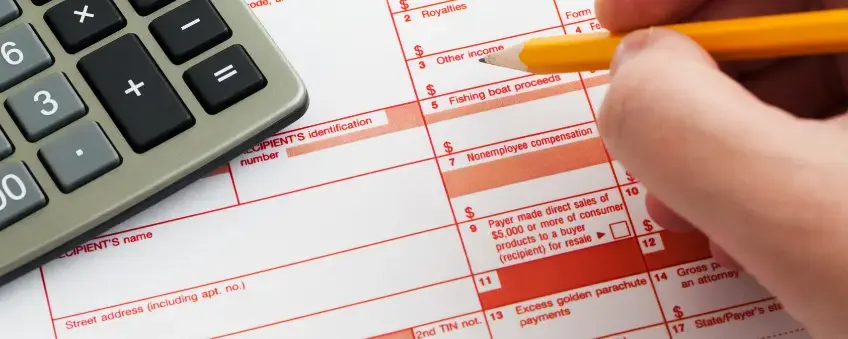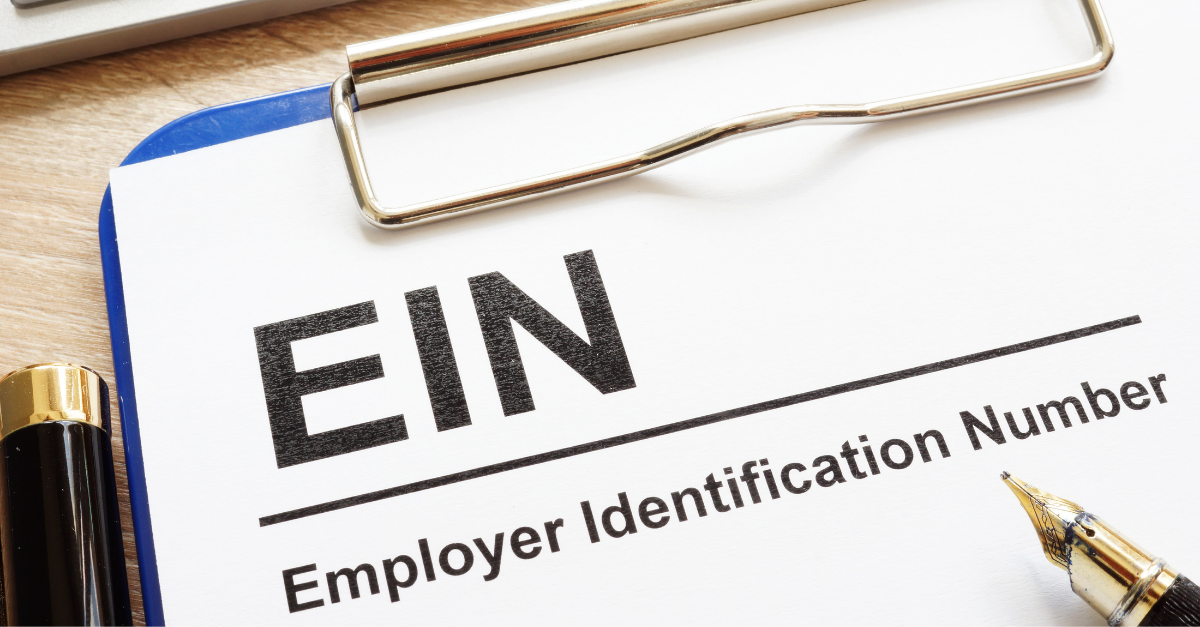There is nothing more satisfying in the business world than working for yourself. You get to set your own hours, work by your own rules, be the sole proprietor of your livelihood, and keep the profit.
Key Takeaways You Will Get From This Article
1. A self-employment tax is comprised of Social Security and Medicare taxes that individuals working for themselves with sole proprietorship are obliged to pay.
2. You will have to pay self-employment tax if you have earnings of more than $400 in the tax year.
3. Self-employment tax makes sure that self-employed workers make an equal contribution and get the same benefits as salaried workers.
It seems like a great deal! However, it can be a little stressful for self-employed individuals during tax season.
On top of everything else, do you have to pay self-employment taxes? What is the typical self-employment tax percentage, and does it change from state to state?
We cover all of this and more in our article below.
Table of Contents:
- What is Self-Employment Tax?
- Self-Employment Tax Filing
- How to Pay Self-Employment Tax
- Is Self-Employment Tax Deductible?
What is Self-Employment Tax?
A self-employment tax is comprised of Social Security and Medicare taxes that individuals working for themselves with sole proprietorship are obliged to pay.
It resembles Medicare and Social Security taxes imposed on most wage earners. An individual can perform self-imposed earnings calculations using the Self-Employment Form 1042-SR.
For most workers, the employer prepares Social Security and Medicare taxes calculations. Your employer-specific taxes are deductible from your adjusted gross income.
Medicare tax deduction is not entitled to earners in self-employment tax.
Remember that you are obligated to do your taxes without an employer by yourself. Tax experts can also assist you with your taxes for less money.

What Qualifies Me For Self-Employment Tax?
You will have to pay self-employment tax if you have earnings of more than $400 in the tax year. People included in the SE tax include business owners, freelancers, and independent contractors.
If your employer pays payroll taxes, you won't have to pay self-employment tax.
Apart from paid payroll, other circumstances require you to pay your taxes. For example, taxation needs you to pay even if a foreign government employs you, yet you are a United States Citizen.
Church employees also pay self-employment taxes if their earnings are more than $108.28.
If you are working in a full-time job with deductible payroll taxes but also earn through a freelance career, SE tax will have to be paid on the net earnings, unless it is under $400.
What is the Cost of Self-Employment Tax?
The self-employment tax rate is 15.3%, Social Security takes 12.4%, and Medicare 2.9%.
The Social Security portion will only apply to part of your business income.
The Social Security wage base will be $147,000 in 2022. In 2022, Social Security tax will only apply to the first $147,000 from your net income from wages and self-employment.
After that, additional Social Security tax will not be chargeable. There is no limit to its portions of the self-employment tax when it comes to Medicare. Medicare tax applies to all of your self-employed income and your wages.
How to Calculate Self-Employment Tax
Knowing how to calculate self-employment tax and other business taxes can be a valuable skill in filing taxes for any business owner. When in doubt, consult a tax professional.
Net earnings
Paying income taxes to your employer for your self-employment is quite beneficial because you will have a chance to deduct your business expense. It is because of the social security wage base.
Deductions will include 50% Social Security tax and Medicare income tax.
Self-employment tax is considered deductible by the Internal Revenue Service. Only 99.23% of the total gross earnings can be taxable to self-employment. If you are using your home for work, you can at this moment claim another tax deduction.
Calculating self-employment tax can be found by subtracting total business expenses from gross income.
Net earnings = Gross income – total expense
The Tax Rate on Net Earnings
You can use several tax rate calculators to handle your self-employment tax responsibility. The equation to use is quite simple.
All you have to do is multiply your net earnings with the assumed self-employment tax rate of 15.3% (SECA).
SECA = Net earnings * 15.3% tax rate
However, this may not be applicable for income tax purposes since 92.35% of your self-employed earnings are subject to a 15.3% tax rate.
Therefore, it is essential to keep this in mind when manually calculating your tax responsibility or using an automatic calculator.
Self-Employment Tax Filing
If you have an income-generating business, you can use Schedule C to calculate your net earnings and file an annual return of $5,000 for your company.
Schedule C will give you an estimated profit or loss. The estimates of the profit or loss will then be in Schedule SE (Form 1040) of the self-employment taxes to determine the taxes you are to pay during the year.
Generally, when filing joint returns, it will be necessary to calculate the single self-employment income tax because the SECA prohibits joint filers from combining their revenues.
How to Pay Self-Employment Tax
Use the Internal Revenue Service Schedule C to calculate your self-employment net earnings. Then, using your Internal Revenue Services, calculate how much you owe self-employment tax.
You will have to provide your Social Security number or an individual taxpayer identification number (ITIN) to pay your tax.
Form 1040-ES contains blank vouchers that you can use when mailing your estimated tax payment or making payments using the Electronic Federal Tax Payment System (EFTPS).
Taxes are paid as you go; waiting until the annual tax filing deadline to pay will mean incurring penalties due to late payments. Instead of waiting for deadlines, make quarterly estimates of tax payments throughout the year.
Is Self-Employment Tax Deductible?
Taxable income can be taken on your tax returns when paid by a self-employed taxpayer. As a business expense, self-employment tax can be deductible.
However, you can deduct 50% of your adjusted income taxes, reducing the taxes you owe for that period. For example, a $2000 self-employment tax payment can reduce taxable income by $1000.
Do I have to Pay Self Employment Tax?
Self-employment tax makes sure that self-employed workers make an equal contribution and get the same benefits as salaried workers.
Quarterly estimated tax payments are crucial if you are self-employed. Estimated tax is used for self-employment because there are no cases of Social Security and Medicare taxes withheld.
Remember to file these quarterly payments using Estimated Tax for Individuals, Form 1040-ES. Filling out form 1040 will determine if you will have to pay quarterly estimated tax. Social Security credit works the same for both employed and self-employed individuals.
Qualifying and earning them involves the same process. The difference is the business tax deductions claimed on Schedule C. Self-employed individuals should learn how to manage their taxes.
Pay in time to avoid late payment because they attract penalties for underpaid estimated taxes. Pay your taxes in time and claim your refund later if you have a due refund.
You can seek tax advice from some qualified personal tax professional until you find your way to deal with taxation.
Start Growing Your Business Today
Taxes can certainly be frustrating, but they are necessary to understand. But let's talk about something a little more exciting than taxes - getting paid.
Does your business accept cash-only or have an outdated, slow payment processor? If so, Electronic Merchant Systems can help you!
EMS is a national payment processor that offers a variety of streamlined payment solutions, such as mobile payment acceptance, email invoicing, contactless payment, and more.
Whether your business needs an integrated POS system or you'd like to turn your smartphone into a quick card reader, we have you covered.
Click below to speak with one of our payment experts today.








